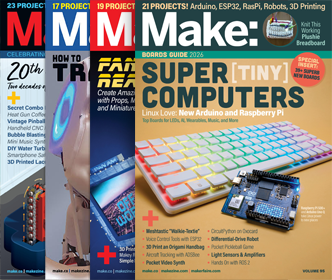
I made this little Nintendo DS sized computer using a Raspberry Pi and a bunch of off-the-shelf parts. It is a fully functional linux computer that can do most things a full system can (games, web stuff, videos, music etc).
You can also output the video to an external monitor, transforming it into a desktop-ish computer.
I make other stuff like this on my youtube channel.
Estimated Cost ~$120
FEATURES:
- Raspberry Pi 2 (900MHz CPU, 1GB RAM)
- 3x USB ports
- 1x Ethernet
- Fully QWERTY keyboard
- backlit 3.5inch Touchscreen
- 1000mAh battery Clamshell case (made from 2x hard drive enclosures)
- Full Linux OS (Raspbian, using i3 window manager)
- Audio/Video out
How to build it

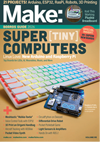

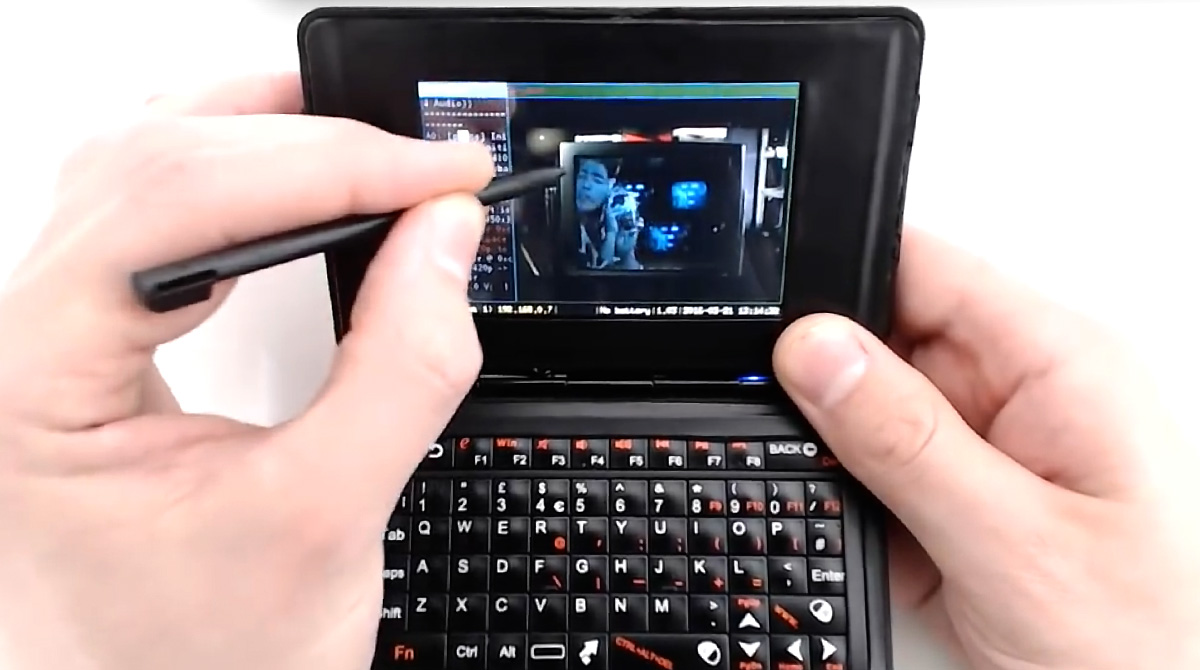
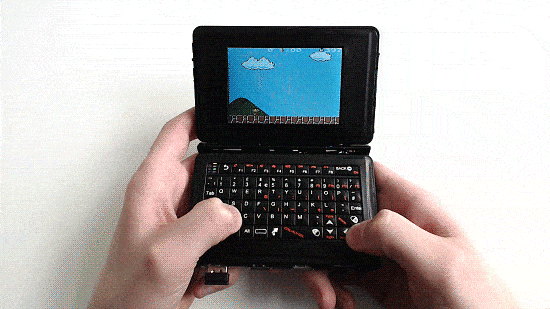
 The first thing to do is remove some components from the Raspberry Pi board to make it as thin as possible. This includes: The 2x USB sockets, ethernet plug, GPIO pins, 2x camera connectors, composite audio/video jack, and HDMI port. You can use a soldering iron in conjunction with a solder sucker or solder wick
The first thing to do is remove some components from the Raspberry Pi board to make it as thin as possible. This includes: The 2x USB sockets, ethernet plug, GPIO pins, 2x camera connectors, composite audio/video jack, and HDMI port. You can use a soldering iron in conjunction with a solder sucker or solder wick



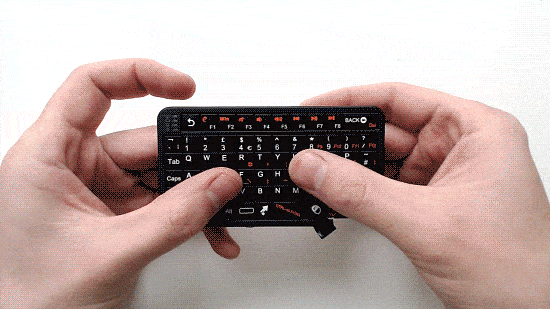
 I just added a 5v to 3.3v step down regulator to the battery contacts. Just add the red (voltage) and black (ground) wires to where they were for the battery. Again, tinning the end of the wires makes the soldering much quicker.
I just added a 5v to 3.3v step down regulator to the battery contacts. Just add the red (voltage) and black (ground) wires to where they were for the battery. Again, tinning the end of the wires makes the soldering much quicker.











